The Basics of Cargo Lashing and Securing on Ships
Cargo is loaded onto a ship when she is floating steadily in the water, upright, or with a practical trim astern. When the ship sails out to sea, it encounters external forces which result in to six forms of motions acting on the ship. These motions are a threat especially for those ships which require cargo lashing and securing it on the open deck (Container ships).
To know more about forces and stability of ships read Parametric rolling in container ships and Intact and Damage Stability of Ships.
If the storage of cargo is not secure enough then there is no escape from the behavior of the seas and the wind once they show their rage. This in result takes a toll on the loaded cargo, causing damage to other cargo in the vicinity or to the vessel’s structures and fittings and even throwing the cargo overboard. Improper cargo lashing and failure to adhere to the procedures required for cargo stowage on ships is dangerous to property, life and environment at sea.
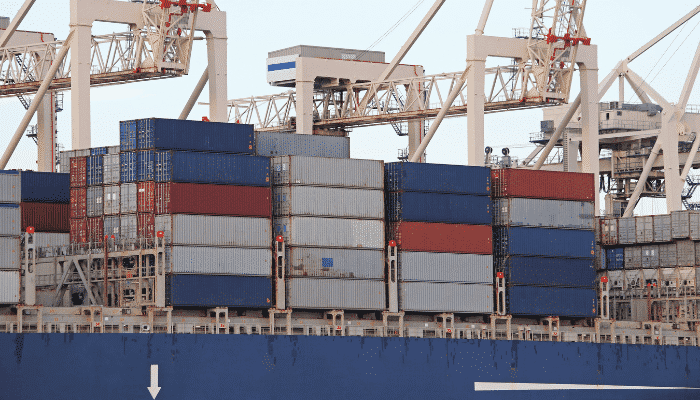
To know more about cargo container lashing and stowage on ships, read Planning Cargo Container Stowage and how to take care of cargo on container ships?
To avoid getting into situations like these the responsible personnel on board should be competent enough to plan and uphold safe carriage of the cargo at all times. This is done by proper planning of container lashing and securing.
Read more about the importance of container lashing here.
Let’s have a look at a few components that are vital for understanding the importance of proper cargo lashing.
Basic Reasons of Loss or Damage to the Cargo
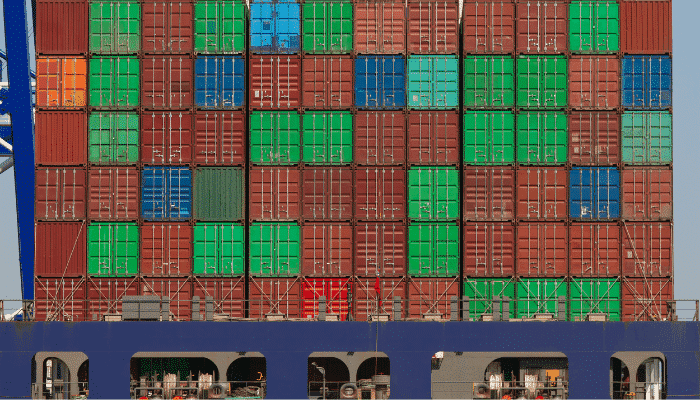
1. Severe and adverse weather conditions and lack of appreciation of the various forces implicated – Various conditions of the Beaufort wind scale not taken into account as the vessel encounters the worst at any given moment. Responsible personnel looking after the carriage of the cargo sometimes fail to foresee the ship’s characteristics and bad weather behavior
2. Lack of knowledge of relevant rules and guiding recommendations – Failure to follow the guidelines or the regulations for cargo lashing and securing may spell catastrophe
3. Cost control pressures – The economy downfall leads to cost cutting procedures which in turn means less quality cargo securing work
4. Inadequate time and personnel to complete the securing cargo before departure – Due to excessive paperwork and short port turn-around, basics of cargo lashing and handling on ships are sometimes overseen
5. Basic seamanship techniques not applied adequately for total immobility of the cargo – Dunnage not utilized in an effective manner or for that matter taking lashing materials around sharp edges which causes them to part or even insufficient force, steadiness and/or number of lashings
6. Improper usage of the cargo securing gear – Wire loops and eyes made up wrongly. Lack of knowledge in the use of bull dog grips, bottleneck screws, wire slings/strops, etc.
7. Lack of continuity in strength between the various securing components – Ship’s overall characteristics and age of construction play a major role in effective cargo work
8. Incorrect of unbalanced stowage and inadequate weight distribution – Inadequate stability and control measures taken
Points to remember while securing cargo
1. A good tight stowage of cargo containers on ships may avoid the need to totally secure it, provided the cargo is adequately packaged and there are no heavy components
2. Bulky and heavy units may still be required to be secured even if the space around them is filled with other cargo. Particular attention should be paid to the chances of such units sliding or tripping
3. A number of units can be secured or lashed together into one block
4. Permanent securing points on the cargo should be used, but it must be remembered that these securing points are intended for inland transport and may not necessarily be suitable for securing other items onboard ships
5. Independent lashings must only be secured properly to suitable strong points of the ships fittings and structure, preferably onto the designated lashing points
6. Cargo lashings must be taut and as short as possible for a better hold
7. If possible the multiple lashings to one item of cargo should be kept under equal tension. The integration of different material components having different strengths and elasticity should be completely avoided
8. Cargo lashings must be able of being checked and tightened when on a passage
9. Lashings should be enough so as to prevent the loads from moving when the ship rolls through 30 degrees with 13 second duration
10. Tightening the cargo down to the ship will add to a great deal in securing it completely before it shifts
Commonly used Cargo Securing Arrangements for Dry Cargo
1. Lashing is a general term that is used to on behalf of all the securing arrangements onboard: It includes ropes, wires, webbings, bandings, strapping or chains, bottle screws and other patent tensioning devices mostly used on container ships
2. Tomming: Construction of a support of square section softwood framework, which chocks off the cargo against ship’s structure or other cargo
3. Filling: Use of air bags, empty pallets, old tyres, etc. to fill the voids and broken stowage between items of cargo and between cargo and ship’s structures
4. Anti skid: Flat-boards are used to increase frictional capabilities of the cargoes
5. Binding: Even out a stow with dunnage to make several units into one block. Also stowing bags or cartons in different directions in each layer forms a self-locking slab which is a tight stow for shifting cargoes
6. Structural Modifications: Very heavy and uncomfortably shaped cargo may be secured by welding the unit directly to the ship’s structure or by fabricating a steel framework or other support or chock which is permanently attached to the ship’s structure
Basics of Safe Slinging
1. When loads are lifted on a sling the general idea is to get the load to be as secured in the air as it was on ground
2. The loads must be satisfactorily secured by the slings
(a) Loads are completely contained by the slings (e.g. Bags in nets)
(b) Use fixed lifting pendants or lugs if available
(c) Ropes or wire slings must be completely wrapped around the loads – no loads should be left resting in loose bights of the line
(d) When using specialized components, they must be properly attached to the cargo, and the manufacturer’s instructions should be followed
3. The slings must be sufficiently attached to the lifting appliances
4. The loads must be slung so that they will not collapse or change form when they are lifted
5. The load must not damage the sling, possibly causing the slings to part. Use stuffing or padding at susceptible points or sharp edges
6. Ensure that the loads are not to be damaged by the sling
7. All lifting parts should have their pivoting points as near to the vertical as possible for a clean lift by the crane
There is a lot to safety of container ships when it comes to lashing. Do you know any other important points that must be considered while lashing cargo on ships?
Disclaimer :
The information contained in this website is for general information purposes only. While we endeavour to keep the information up to date and correct, we make no representations or warranties of any kind, express or implied, about the completeness, accuracy, reliability, suitability or availability with respect to the website or the information, products, services, or related graphics contained on the website for any purpose. Any reliance you place on such information is therefore strictly at your own risk.
In no event will we be liable for any loss or damage including without limitation, indirect or consequential loss or damage, or any loss or damage whatsoever arising from loss of data or profits arising out of, or in connection with, the use of this website.
Do you have info to share with us ? Suggest a correction
Latest Ship Safety Articles You Would Like:
Disclaimer :
The information contained in this website is for general information purposes only. While we endeavour to keep the information up to date and correct, we make no representations or warranties of any kind, express or implied, about the completeness, accuracy, reliability, suitability or availability with respect to the website or the information, products, services, or related graphics contained on the website for any purpose. Any reliance you place on such information is therefore strictly at your own risk.
In no event will we be liable for any loss or damage including without limitation, indirect or consequential loss or damage, or any loss or damage whatsoever arising from loss of data or profits arising out of, or in connection with, the use of this website.

About Author
Bikram Pal Singh is a professional mariner and blogger. He has sailed extensively, serving on various Oil tankers and Offshore Vessels. He enjoys reading and compiling notes about critical shipboard operations and crew psychology.
Subscribe To Our Newsletters
By subscribing, you agree to our Privacy Policy and may receive occasional deal communications; you can unsubscribe anytime.



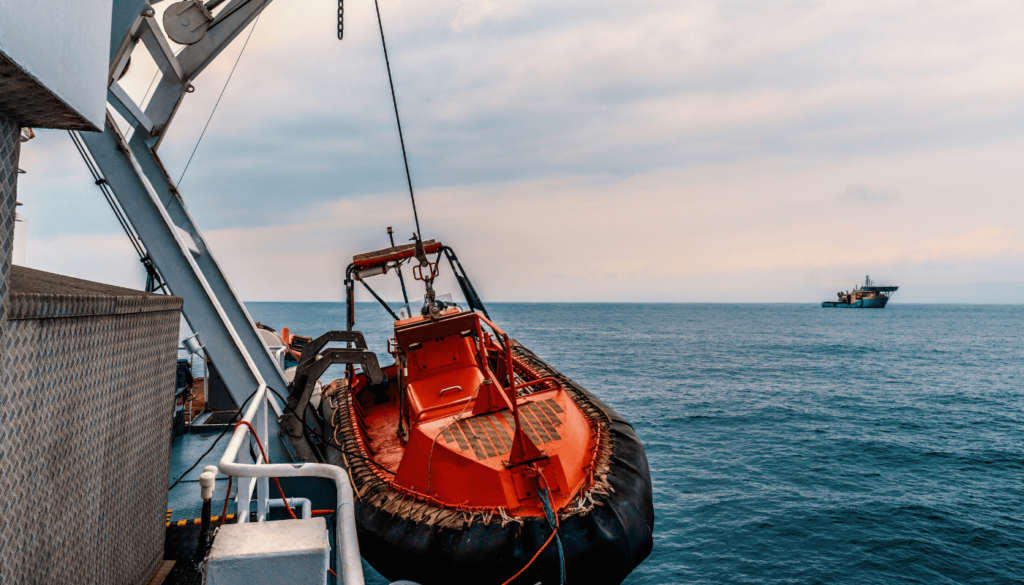
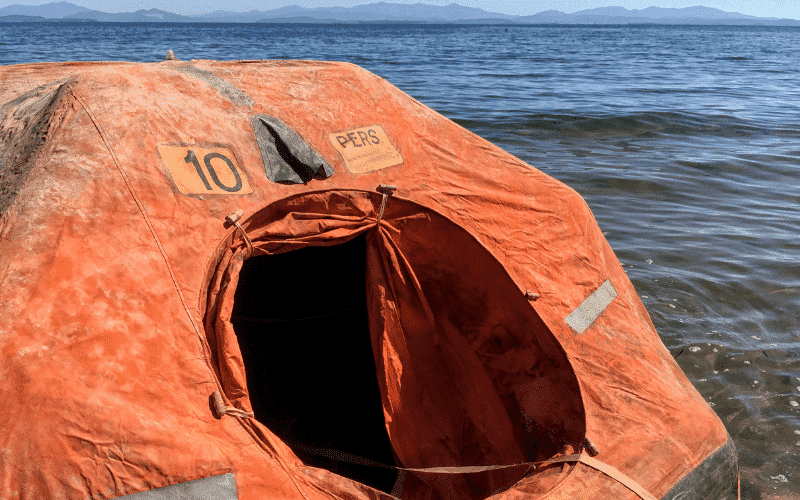
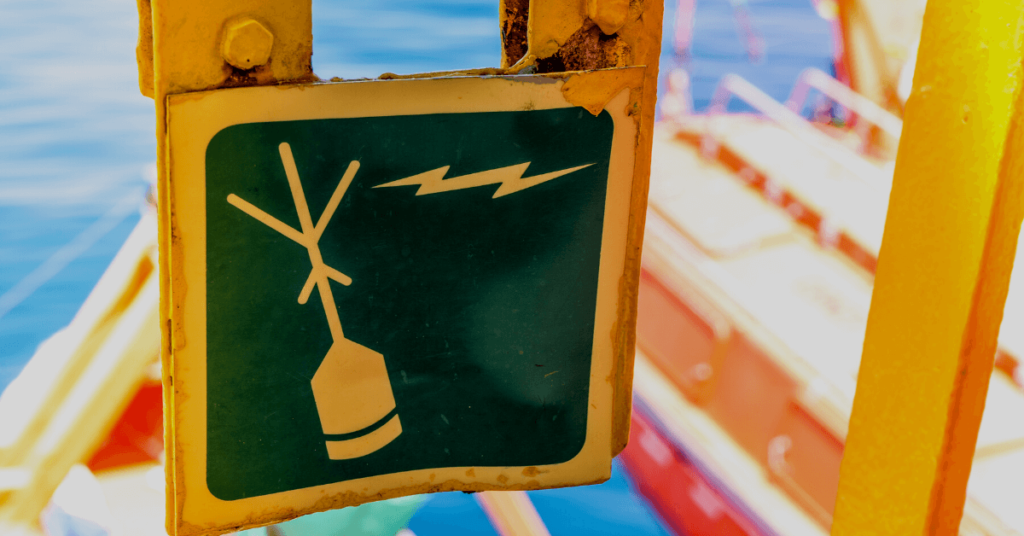
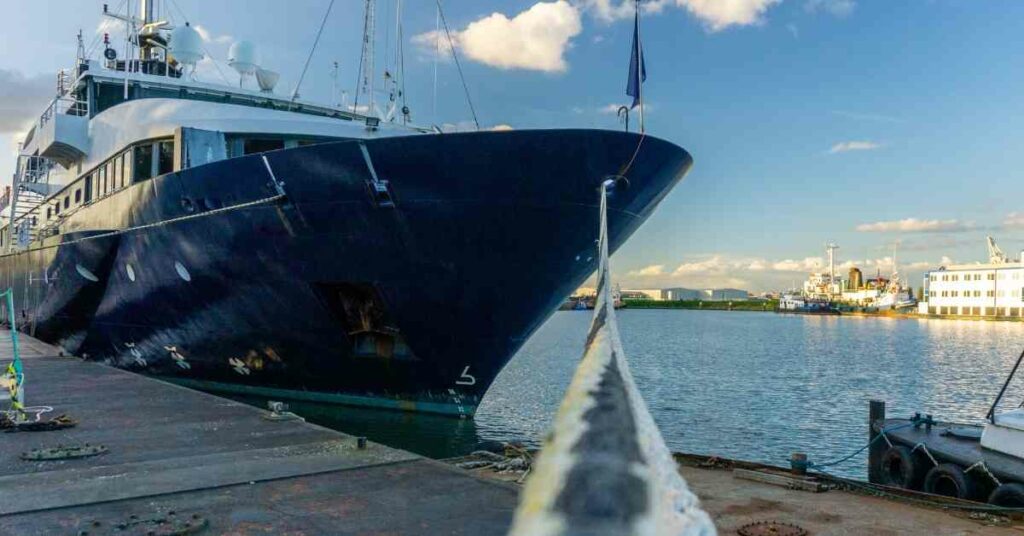
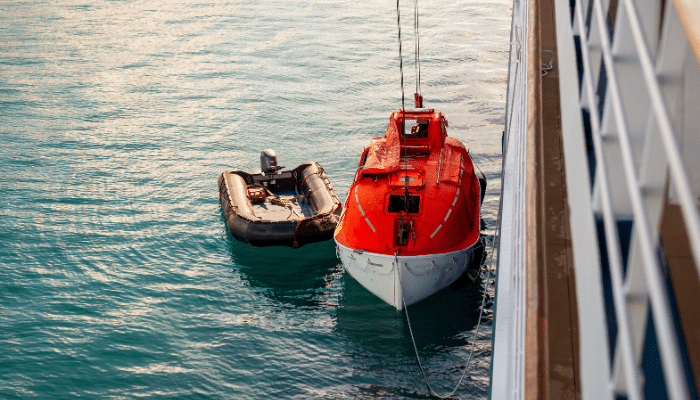


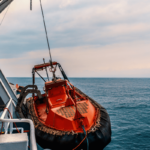
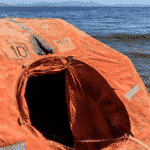
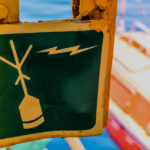

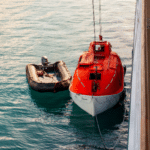


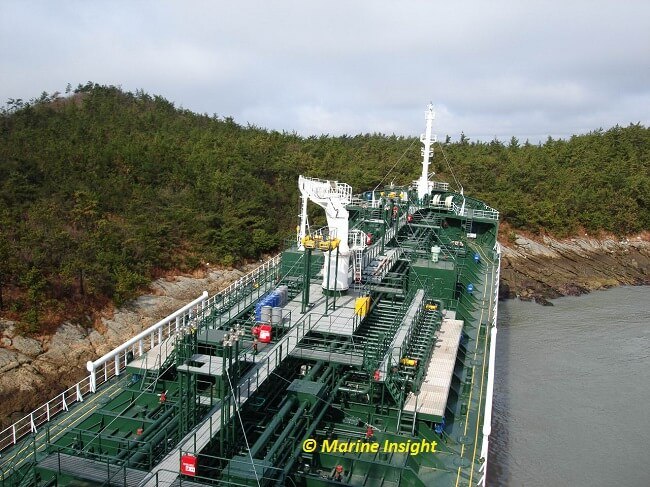
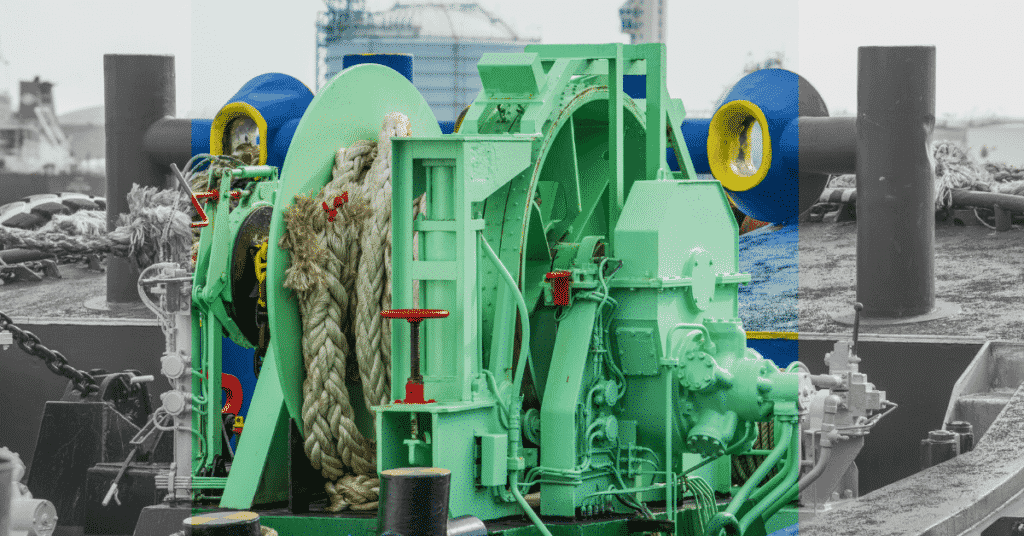


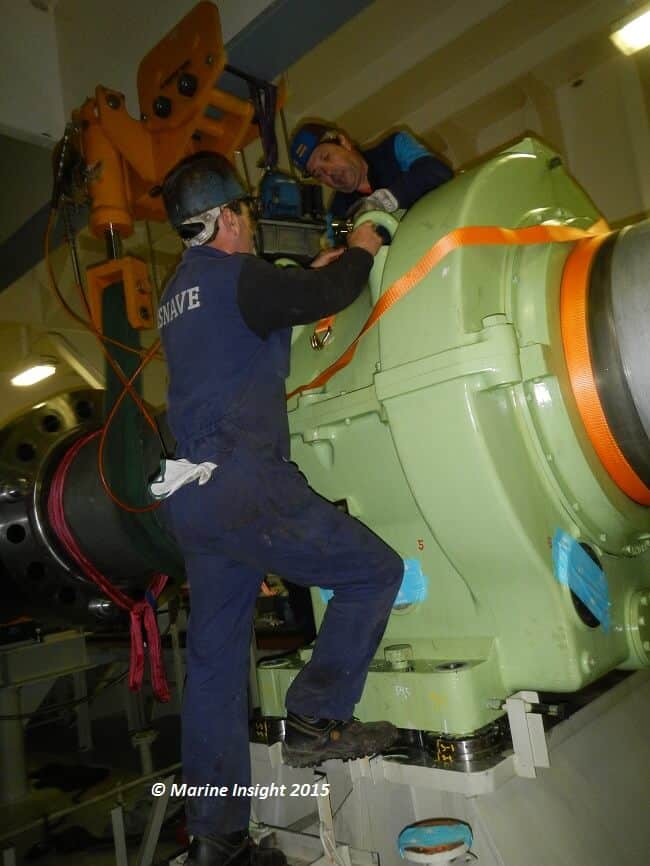
good advices
Dear sir ,
I’m sudip gautam from nepal
I’m lashing specialist . I want to work in uae for lashing specialist .How to possible for me .Please suggest me thank you